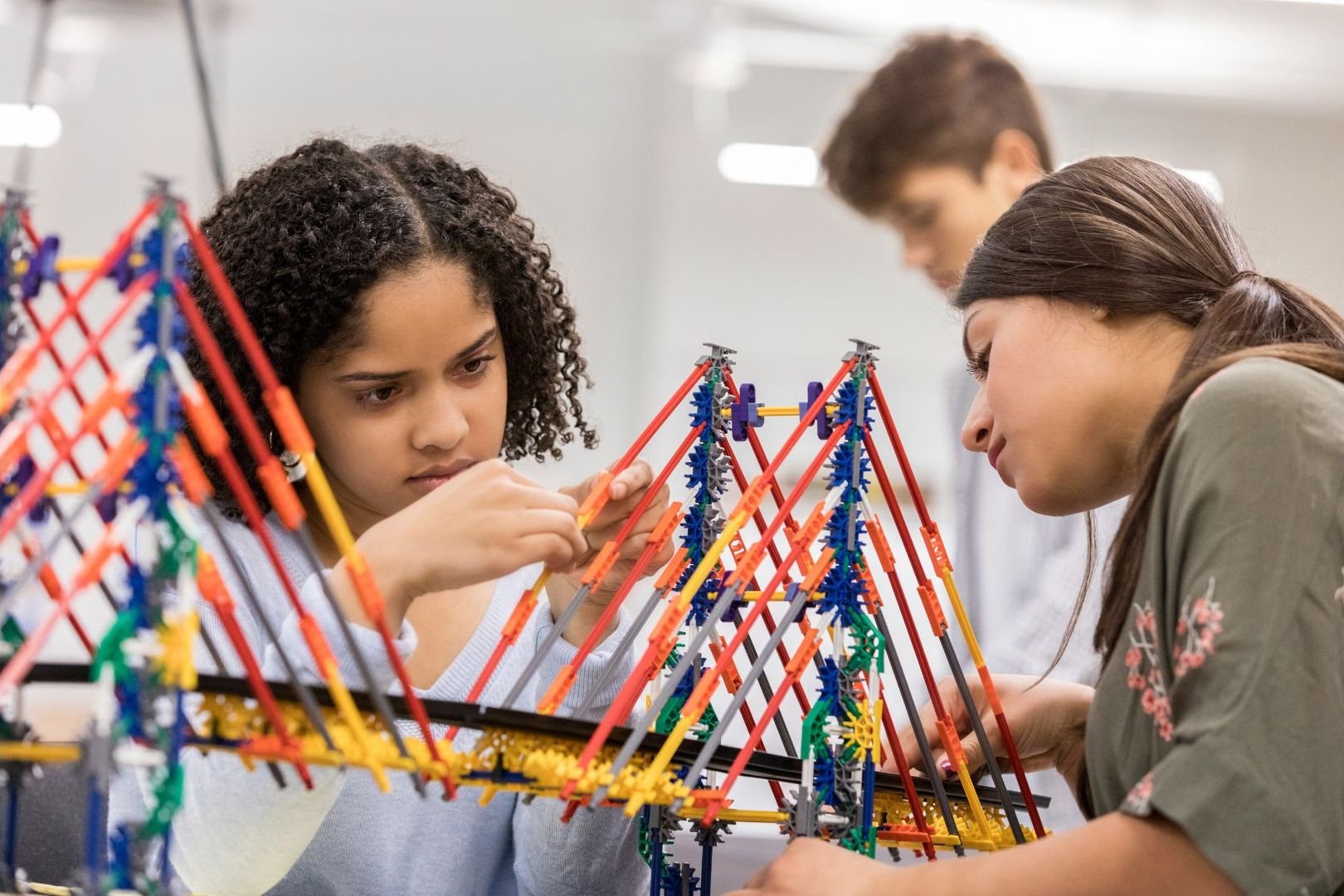Differentiation using the Products, Practices, and Perspectives Cultural Framework
Will you modify the assignment format, the process, or the content? Examining your classroom culture is a fantastic starting point for differentiating instruction!
PPP – Products, Practices, and Perspectives – is a widely used framework for understanding cultures. Introduced in the early 2000’s and adopted by the American Council of Teachers of Foreign Languages, PPP has deeply influenced world language teachers’ understanding of cultural integration in their classrooms. Through careful observation of a culture’s products (the foods, art, clothing, housing, and other physical objects) and its practices (patterns of work, play, socialization, worship, daily routines, and other activities) we can gain insight into the perspectives – the unseen beliefs, values, and priorities commonly held by members of that group.
Products and practices are above the surface and can typically be observed easily. Understanding different cultural perspectives, on the other hand, is complex and requires flexible thinking, deep cultural knowledge, and humility.
“My MAIN goal as a teacher is for every student to be engaged, challenged, and interested in the target culture. Differentiating for Perspective opens so many possibilities to accomplish this!”
The PPP framework can apply on a smaller level to a mini-culture such as my classroom. I direct my students in creating products (assignments and assessments) and in educational practices (such as reading, games, and other classroom activities). A close observation of these elements will reveal much about my perspectives as an educator: my beliefs about how students learn and my educational priorities for my students.
All this led me to consider: PPP is actually a fantastic model for differentiating instruction for my students. Differentiating for product and practice is a bit easier, and is what many teachers think of when adapting their instruction. Differentiating for perspective is trickier, but has the potential to truly transform and individualize learning in my classroom.
Differentiating for Product
Differentiating the Product involves changing up the item students will turn in for a grade. This may mean the teacher uses a variety of assessments, or that students complete several assessment components in a portfolio. Often, differentiating the product includes giving students a choice of which assignment(s) to complete.
Examples of different products:
a test
a written assignment such as an essay or worksheet
a piece of visual art
a performance such as a skit, song, or speech
a technology product such as a video or recording
etc.
Differentiating products can spark students’ creativity and can introduce student voice and choice into your instruction.
Differentiating for Practice
Differentiating for Practice means students complete different activities during class to master the same material. Like with the product, teachers can have the entire class complete a variety of activities, or the students can have choices in the activities they complete in working toward common mastery. A student choice board is one common way of differentiating for practice.
Examples of different practices:
flashcards
worksheets
read and answer questions
online games or drills
videos with questions
creating illustrations
categorizing, organizing, sequencing
using manipulatives
etc.
Differentiating for practice provides variety, can give students multiple exposures to the same content, and helps individual students learn in ways they find most engaging and helpful.
Differentiating for Perspectives
This is the most difficult way to differentiate, because it involves actually modifying your content for the different learners in your classroom. When differentiating for perspective, all your students may complete the same assessment and the same in-class activities, but they will be working on different content.
Here are a few examples of differentiating for perspective.
1) We are working on listening skills. Each student must find a target language YouTube video on a topic of their choice. From that video, students must create a list of 10 vocabulary words key to understanding their topic as well as 3 listening questions for that video. Students will then share their video and listening exercise with several classmates.
2) Students are studying a restaurant menu. Three students complete the task quickly, so they look up the restaurant on a target language restaurant review website. They must choose one negative and one positive review from the site and figure out what reviewers liked and what they disliked about the restaurant. Together, the three students compile a vocabulary list of positive and negative words related to restaurants. Then, the students use the target language reviews as a model to write a review of the school cafeteria.
3) While most of the class is working on a unit about pastimes, one student spends time looking at the target language website for his favorite video game. He uses the website to compile a personalized glossary of vocabulary for that game. His assignment is to post three questions in a real target language discussion board for gamers and to interpret the answers. His assessment is to submit printed screenshots of this discussion; he can then use these screenshots as notes on his personal ‘quiz’ in which he must hand write an answer to a question the teacher provides related to the video game. This assessment replaces the assessment the rest of the class completes during the pastimes unit.
As you can see, differentiating for perspective is tricky… but it also opens a lot of possibilities! It’s a great option to modify instruction for fast finishers or highly motivated students. It’s also a way to engage kids who aren’t so interested in course content. You don’t want to learn words for ice skating and basketball? OK – you can learn about gaming! About cars! About makeup! My MAIN goal as a teacher is for every student to be engaged, challenged, and interested in the target culture. And, not every topic will resonate with every learner. Many of us are blessed with highly flexible teaching situations that allow us to make these types of judgment calls.
So, there you have it! The next time you need to differentiate (or just are looking for ways to mix it up a little) think through your classroom products, practices, and perspectives. I bet there’s one you could modify this week!
Does using the PPP model for differentiation resonate with you? Share in the chat!




